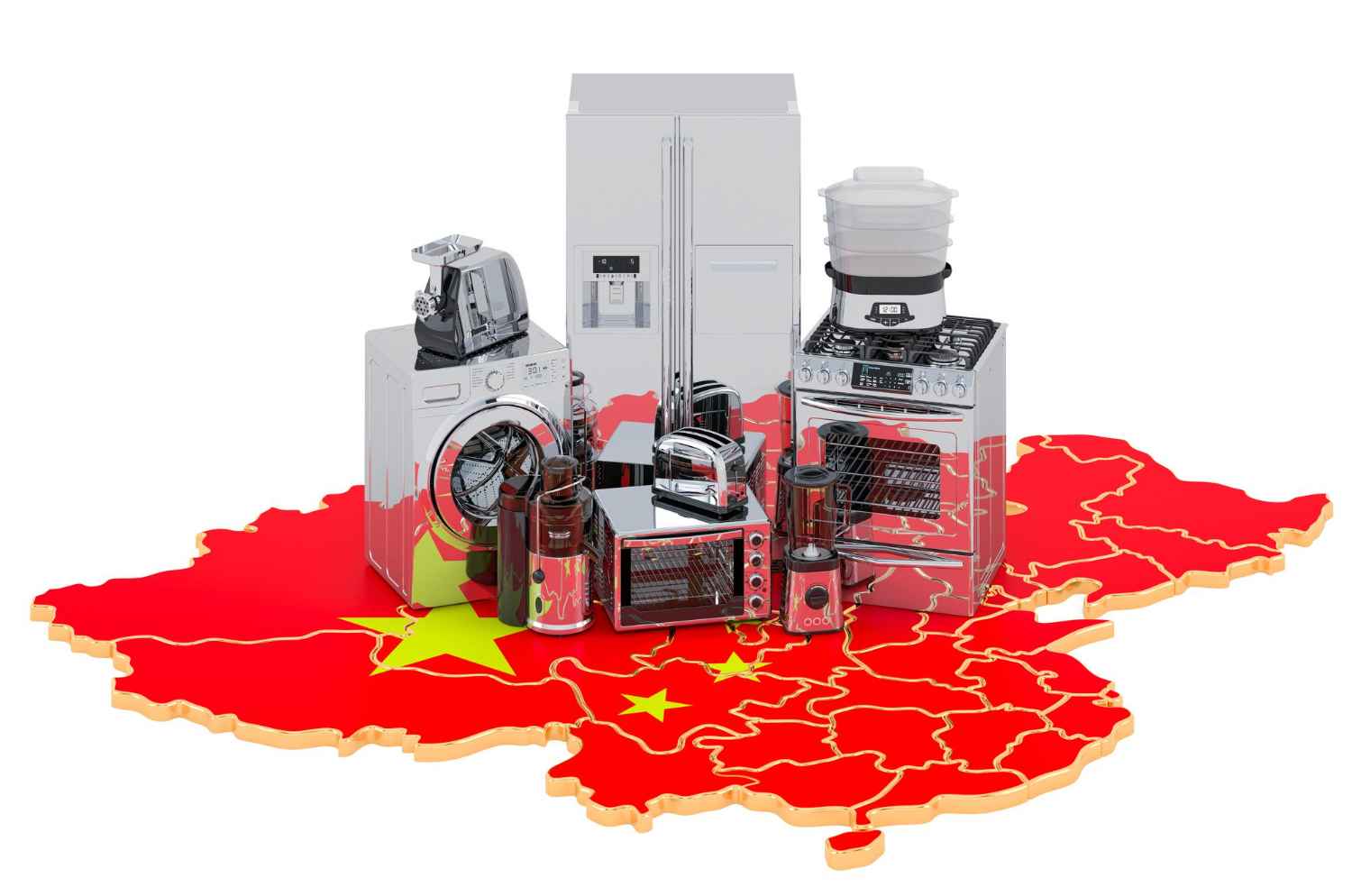China’s industrial production is a crucial indicator for forex traders, shedding light on the economic health and future potential of one of the largest economies in the world. Understanding the nuances of this indicator can provide valuable insights and help traders make informed decisions in the forex market. In this blog post, we’ll delve into the importance of China’s industrial production, how it impacts forex trading, and practical strategies traders can employ to capitalize on this data.

China’s economic engine is a powerhouse, driving global trade and impacting financial markets worldwide. For forex traders, keeping a pulse on China’s industrial production can be akin to having a roadmap for navigating the forex landscape. But what exactly is industrial production, and why is it so critical for forex trading? Let’s dive in.
China’s Industrial Production: Key Insights for Forex Traders
What is Industrial Production?
Industrial production measures the output of the industrial sector, which includes manufacturing, mining, and utilities. This indicator is essential as it reflects the overall strength of a country’s industrial sector. For China, a country heavily reliant on manufacturing and exports, industrial production is a significant component of its GDP.
Understanding the scale and scope of industrial production in China is crucial. This sector not only fuels domestic growth but also plays a pivotal role in global supply chains. The industrial sector’s performance can directly influence China’s economic policies and decisions, which in turn affect forex markets.
Why China’s Industrial Production Matters
China’s industrial sector is a bellwether for global economic health. As the world’s largest exporter, changes in China’s industrial production can signal shifts in global demand and supply chains. For forex traders, this means that fluctuations in China’s production levels can lead to volatility in currency pairs, especially those involving the Chinese Yuan (CNY).

Moreover, China’s industrial production data is a key indicator of the country’s economic momentum. A booming industrial sector suggests robust economic health and growth prospects, which can attract foreign investments and influence currency strength. Conversely, a slump in industrial production can signal economic challenges, leading to bearish sentiments in forex markets.
Impact on Global Markets
When China’s industrial production rises, it often indicates increased economic activity and demand for raw materials, which can boost commodity prices and currencies of commodity-exporting countries. Conversely, a decline in industrial production can signal economic slowdowns, affecting global markets and leading to a depreciation of related currencies.
For instance, countries like Australia and Canada, which export significant amounts of raw materials to China, can see their currencies appreciate when China’s industrial production is strong. On the flip side, a downturn in China’s industrial sector can lead to reduced demand for commodities, negatively impacting these economies and their currencies.
Key Drivers of China’s Industrial Production
Several factors drive China’s industrial production, including domestic demand, export demand, government policies, and global economic conditions. Understanding these drivers can help traders anticipate changes in industrial production and adjust their trading strategies accordingly.
Domestic demand is influenced by consumer spending, infrastructure projects, and real estate development. Export demand depends on the global economic climate and trade relationships. Government policies, such as subsidies, tax incentives, and environmental regulations, also play a significant role. Lastly, global economic conditions, including commodity prices and international trade dynamics, can impact China’s industrial output.
Interpreting Industrial Production Data
Industrial production data is typically released monthly and can be found in economic calendars. Traders should look at year-over-year and month-over-month changes to gauge the trend. A consistent increase in production suggests a robust economy, while a decline may indicate economic challenges.
It’s essential to analyze the data in context. A single month’s data might not provide a clear picture, but observing trends over several months can offer valuable insights. Additionally, comparing China’s industrial production data with other economic indicators, such as retail sales and PMI (Purchasing Managers’ Index), can provide a more comprehensive view of the economic landscape.
Correlation with Forex Pairs

China’s industrial production has a direct impact on currency pairs involving the CNY, such as USD/CNY and EUR/CNY. Additionally, currencies of countries that are significant trading partners with China, like the Australian Dollar (AUD) and the New Zealand Dollar (NZD), can also be affected.
For example, a surge in China’s industrial production can lead to a stronger CNY, as it reflects economic strength and investor confidence. This can cause the USD/CNY pair to move lower. Similarly, the AUD and NZD can appreciate due to increased demand for commodities exported to China.
Trading Strategies Based on Industrial Production
Trend Following
If China’s industrial production shows a consistent trend, traders can follow this trend to make long or short trades on CNY-related pairs. For instance, if data consistently shows rising industrial production, traders might take long positions on CNY, anticipating further appreciation.
News Trading
Traders can capitalize on the immediate market reaction to industrial production data releases. Positive data can lead to a bullish CNY, while negative data can result in a bearish CNY. Timing is crucial in news trading; being quick to react to data releases can make the difference between a profitable trade and a missed opportunity.
Understanding the correlation between China’s industrial production and commodity prices can help traders make informed decisions on commodity-related currencies like AUD and CAD. For example, if China’s industrial production data indicates strong growth, traders might consider buying AUD or CAD, anticipating increased demand for commodities.
Case Study: Industrial Production and the USD/CNY Pair

Let’s examine a hypothetical scenario where China’s industrial production data shows a significant increase. This positive data could lead to an appreciation of the CNY against the USD. Traders anticipating this move could short the USD/CNY pair, profiting from the strengthening of the CNY.
In this scenario, traders would monitor industrial production data releases and other related economic indicators. By combining fundamental analysis with technical analysis, they can identify optimal entry and exit points for their trades, maximizing potential profits.
Challenges and Risks
Trading based on industrial production data is not without risks. Economic data can be volatile and subject to revisions. Moreover, unexpected geopolitical events or changes in government policies can impact industrial production and market reactions.
For instance, a sudden trade dispute or new tariffs can disrupt China’s industrial output, leading to unexpected market movements. Traders must stay informed about global events and be prepared for potential volatility. Using risk management tools like stop-loss orders can help mitigate some of these risks.
Practical Tips for Forex Traders
Stay Informed
Regularly monitor China’s industrial production data and related economic indicators. Staying updated with economic calendars and news sources is crucial for making informed trading decisions.
Use Technical Analysis
Combine industrial production data with technical analysis to identify entry and exit points. Technical indicators, such as moving averages and RSI (Relative Strength Index), can provide valuable insights into market trends and potential reversals.

Don’t rely solely on industrial production data. Consider other economic indicators and market conditions. Diversifying your analysis and trading strategies can help reduce risks and improve overall trading performance.
Conclusion
China’s industrial production is a vital economic indicator that forex traders cannot afford to ignore. By understanding its impact on global markets and currency pairs, traders can develop strategies to capitalize on market movements. Stay informed, use a combination of fundamental and technical analysis, and always be mindful of the risks involved.
FAQs
1. What is the best source for China’s industrial production data?
The National Bureau of Statistics of China is the primary source for official industrial production data. Economic calendars and financial news websites also provide timely updates.
2. How often is industrial production data released?
Industrial production data is typically released on a monthly basis.
3. Can industrial production data impact stock markets?
Yes, changes in industrial production can affect stock markets, particularly sectors related to manufacturing and commodities.
4. Should I solely rely on industrial production data for trading?
No, while industrial production is an important indicator, it should be used in conjunction with other economic data and technical analysis for a comprehensive trading strategy.
5. How can I minimize risks when trading based on industrial production data?
Diversify your trades, set stop-loss orders, and stay informed about other economic indicators and global events to minimize risks.
